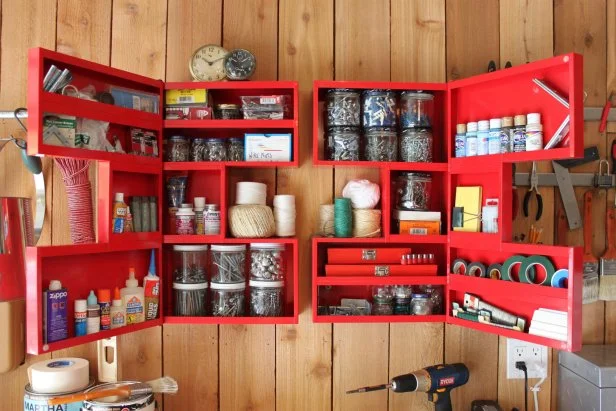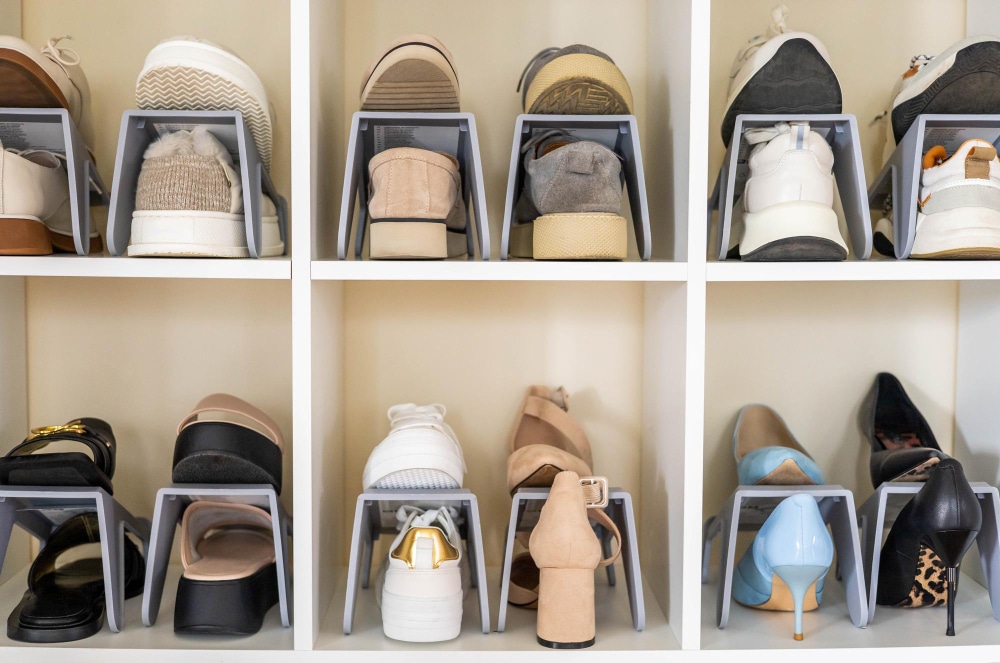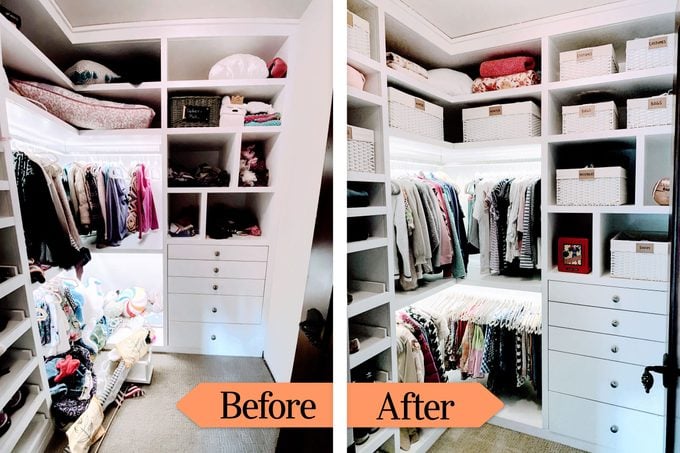15 min read
Are you tired of digging through clutter every time you need your favorite accessories? Imagine having a simple system that keeps everything in its place, so you can find what you want instantly.
Accessory organization zones can transform your space and your daily routine. By creating specific spots for your jewelry, scarves, hats, and more, you’ll save time and reduce stress. Keep reading to discover easy ways to set up your own accessory zones and enjoy a more organized, peaceful home.
Choosing The Right Zones
Organizing accessories well helps keep your space neat. Picking the right zones makes it easier to find things quickly.
Good zones suit your room and how you use it. Think about your space and needs before setting up zones.
Assessing Your Space
Look at your room size and layout. Note where shelves, drawers, and open areas are.
Use spaces that are easy to reach and see. Avoid crowded or hard-to-access spots for important accessories.
- Measure your storage areas
- Check lighting in each spot
- Note how much space each zone offers
Identifying High-traffic Areas
Find spots you use most often. These areas should hold your most-used accessories.
High-traffic zones help save time. Keep daily items nearby and less-used ones farther away.
- Near your main desk or work area
- Close to entryways or doors
- Next to mirrors or dressing areas
Prioritizing Accessory Types
Group similar accessories together. Place important items in easy zones first.
Think about size and use. Small items may need containers, big ones need open spaces.
- Everyday items like keys and wallets
- Jewelry and watches
- Seasonal or special occasion pieces

Credit: www.hgtv.com
Storage Solutions That Work
Keeping accessories organized helps save time and reduces clutter. Good storage solutions make it easy to find items quickly.
There are many ways to organize accessories. Choosing the right option depends on the space and the type of items.
Drawer Dividers And Inserts
Drawer dividers separate items inside drawers. They keep small accessories from mixing together.
Inserts fit inside drawers to create compartments. They help store things neatly and save space.
- Use adjustable dividers for different item sizes
- Choose inserts with multiple compartments
- Label sections for easy identification
Wall-mounted Organizers
Wall-mounted organizers use vertical space well. They keep accessories visible and accessible.
Hooks, shelves, and pockets can hold many types of accessories. They reduce drawer clutter and free up surfaces.
- Install hooks for hanging necklaces and bracelets
- Add shelves for storing boxes or containers
- Use pocket organizers for small items like sunglasses
Clear Containers And Bins
Clear containers let you see what is inside without opening them. This saves time when looking for accessories.
Bins come in various sizes and shapes. Use them to group similar items and keep your space tidy.
- Choose stackable containers to save space
- Label each bin for better organization
- Use small containers for tiny accessories like rings
Daily Habits For Tidiness
Keeping your accessory zones neat helps you find things fast. Small daily habits can keep clutter away.
Creating simple routines saves time and keeps your space tidy every day.
Regular Decluttering Routines
Remove items you no longer use from your accessory areas. This prevents pileups and mess.
Set a weekly time to check and clear your accessory zones. It keeps things fresh and organized.
- Sort accessories by type or size
- Throw away broken or unused items
- Donate accessories you don’t wear
- Clean the storage areas regularly
Putting Items Back Quickly
Always return accessories to their proper place after use. This habit stops clutter from forming.
Make sure your storage spots are easy to reach. It helps you put items back without delay.
- Use labeled containers or trays
- Keep frequently used accessories visible
- Store similar items together
- Make clean-up part of your daily routine
Setting Limits On Accessories
Limit how many accessories you keep in each zone. Too many items cause clutter and confusion.
Choose only the accessories you use often. This keeps your space neat and easy to manage.
- Decide on a maximum number for each category
- Store extras elsewhere or donate them
- Review your collection regularly
- Keep only items that match your style

Credit: closets4lessbucks.com
Maximizing Small Spaces
Small spaces can be hard to organize. Using smart zones helps keep accessories tidy.
Organizing zones save room and make finding things easier. This guide shows helpful ideas.
Vertical Storage Ideas
Using vertical space frees up floor and shelf areas. Walls and doors offer good spots.
Install hooks, shelves, or pegboards to hang or place accessories vertically. It keeps items visible.
- Use wall-mounted shelves for small baskets
- Hang hooks for hats, bags, or scarves
- Attach pegboards to hold jewelry or tools
- Over-the-door racks hold belts or ties
Multipurpose Furniture
Furniture that serves more than one purpose saves space. It helps keep accessories hidden or organized.
Choose pieces with built-in storage like drawers or shelves. They work well in small rooms.
- Ottomans with internal storage for small items
- Bed frames with drawers underneath
- Desks with shelves to organize supplies
- Side tables with compartments or shelves
Hidden Compartments
Hidden compartments keep accessories out of sight but easy to access. This reduces clutter.
Look for furniture or storage with secret spaces or add your own compartments inside drawers or boxes.
- Drawers with false bottoms for small items
- Storage boxes with hidden sections
- Furniture with secret drawers or panels
- Wall art that doubles as storage space
Creative Labeling Techniques
Keeping accessories organized saves time and reduces clutter. Creative labeling makes it easy to find what you need.
Labels help group items and keep your space neat. Try different labeling ideas to see what works best.
Using Tags And Stickers
Tags and stickers are simple tools for labeling accessories. You can write names or categories on them.
Use waterproof tags for items stored in humid places. Stickers come in many colors and shapes to make labels fun.
- Paper tags with string for hanging
- Sticker labels for boxes or jars
- Clear labels for a neat look
Color Coding Systems
Colors help you sort accessories quickly. Assign a color to each category or type.
Use colored labels, tags, or storage bins to mark groups. This method reduces search time and keeps things clear.
- Red for belts
- Blue for scarves
- Green for hats
- Yellow for jewelry
Digital Inventory Apps
Apps help track your accessories on your phone or computer. You can add photos and notes for each item.
Digital lists make it easy to update and find accessories. Some apps send reminders to check or use items.
- Scan barcodes or QR codes for quick entry
- Sort items by category, color, or use
- Access your list anytime, anywhere

Credit: www.rd.com
Maintaining Long-term Order
Keeping accessory organization zones tidy takes regular care. It helps avoid clutter and keeps things easy to find.
Setting clear zones for different accessories makes daily use simple. Staying consistent supports long-term order.
Seasonal Reviews
Review your accessory zones every season. This helps you remove unused items and make space for new ones.
Seasonal checks keep zones fresh and prevent buildup of clutter over time.
- Take out accessories not needed for the season
- Clean and repair items before storing
- Rearrange zones if new items arrive
Adjusting Zones As Needed
Over time, your needs may change. Adjust zones to fit new types or amounts of accessories.
Flexible zones help keep order without forcing you to reorganize everything at once.
- Combine zones if some get too small
- Split zones if some get too crowded
- Move zones closer to where you use accessories
Involving Household Members
Ask family members to help keep zones neat. Shared effort makes order easier to maintain.
Teach everyone where each accessory belongs. This keeps the system working well for all.
- Explain the purpose of each zone clearly
- Encourage putting items back after use
- Check zones together during regular reviews
Frequently Asked Questions
What Are Accessory Organization Zones?
Accessory organization zones are designated areas in your home for storing and organizing accessories. These zones help keep your items tidy and easily accessible. By creating specific spaces for different types of accessories, you can ensure everything has its place, reducing clutter and improving your daily routine.
How Do I Create Accessory Organization Zones?
Begin by identifying areas in your home where you frequently use accessories. Allocate space in closets, drawers, or shelves for each category. Use organizers like boxes, baskets, or hooks to keep items neat. Regularly declutter and reorganize to maintain efficiency and order.
What Accessories Should Be Included In Organization Zones?
Include items like jewelry, belts, scarves, hats, and handbags in your organization zones. Group similar accessories together to make finding them easier. Seasonal accessories can also be included, ensuring that you have quick access to the items you use regularly.
Why Are Accessory Organization Zones Important?
Accessory organization zones streamline your daily routine by making items easy to find. They prevent clutter, save time, and reduce stress. Having a designated place for each accessory ensures that your space remains tidy and functional, enhancing both aesthetics and practicality.
Conclusion
Organizing accessories into zones saves time and reduces clutter. Each item has its own place, making it easy to find. This method keeps your space tidy and neat every day. You can enjoy a calm and stress-free environment. Small steps lead to big changes in your home.
Start with one zone and build from there. Simple habits bring lasting order and peace. Try it today and feel the difference.


